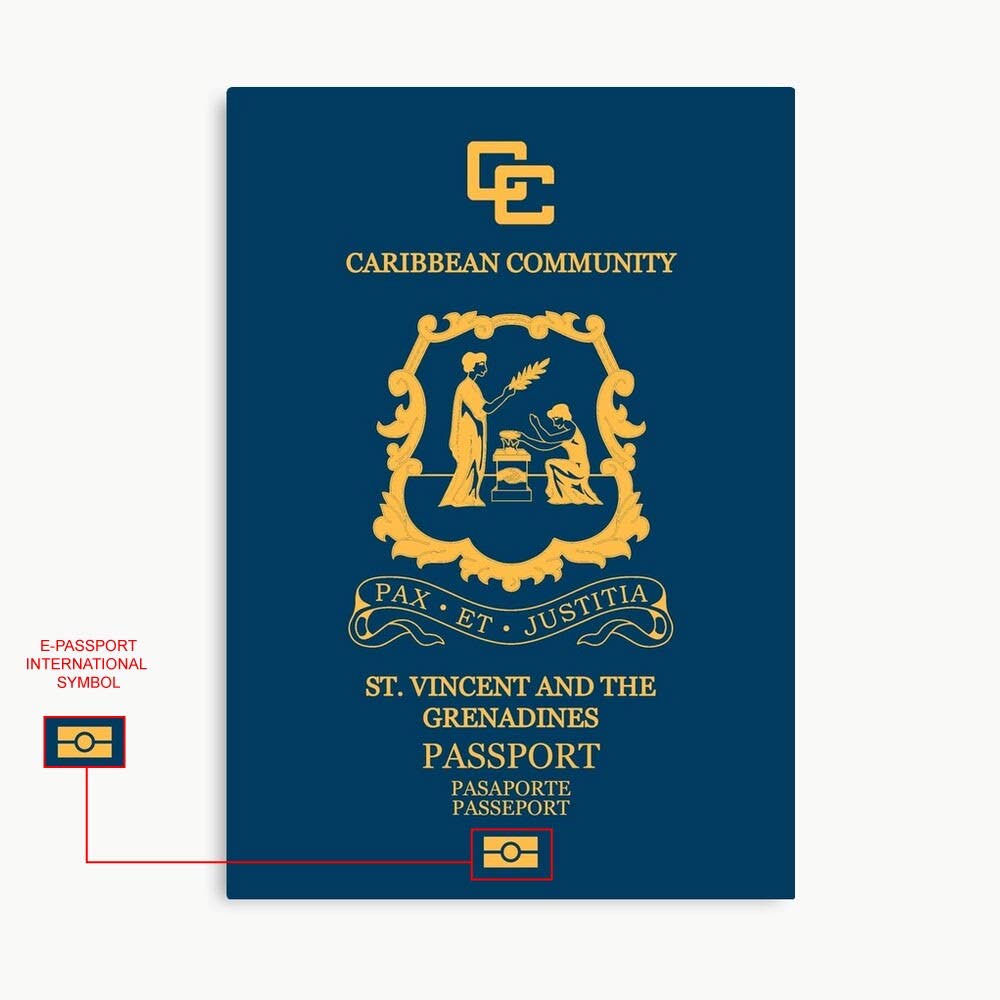Biometric smart card: e-passport

On March 6, 2016, a female Canadian citizen was denied boarding when she attempted to check in on a Caribbean Airlines (CAL) flight to Toronto with an expired Canadian passport.
The passenger who was holidaying in Trinidad and Tobago insisted she could travel as she had a valid Canadian citizenship card, notwithstanding the expired passport.
CAL representatives advised the passenger that she must have a valid passport and recommended that she apply to the Canadian High Commission in Port of Spain for a new passport – a process that normally takes approximately five business working days.
The passenger then surprisingly presented a valid Jamaican passport as she had dual citizenship of both Canada and Jamaica. She was then informed that travelling with a Jamaican passport effectively means that, as a Jamaican citizen, a Canadian non-immigrant visa is required according to Canadian immigration laws.
The matter became further complicated because, in this circumstance, the application had to be made at the Canadian High Commission in the country of citizenship, which in this case was Jamaica.
The passenger pleaded her case on social media which evoked numerous sympathetic responses and pledges of assistance. However, at the end of it all, the passenger had to remain in TT until a new passport was issued by the Canadian High Commission.
Whenever travellers arrive in foreign countries without valid travel documents, the passengers are deemed "inadmissible" and the airlines are liable to hefty fines.
In addition, the airlines are required to transport the passengers back to the points of origin and bear the cost of return travel and other incidentals such as hotel accommodation, security, ground transportation and meals.

A travel document is an identity document issued by a government in accordance with international agreements that authenticates the bona fides of a traveller.
Airlines are required to scrutinise all travel documents such as passports and visas to ensure their relevance and validity for satisfying international border control requirements.
The most common travel document is a passport which is an official travel document issued by a government that certifies a person's identity and nationality for international travel.
Passports are issued in booklet form to allow other governments to place visas, when required, as well as entry and exit stamps into them.
A passport allows the bearer to enter and temporarily reside in a foreign country, access local aid and protection, and obtain consular assistance from their government.
In addition to facilitating travel, passports are key mechanisms for border security and regulating migration. It also serves as official identification for various domestic purposes such as when conducting financial transactions.
The International Civil Aviation Organisation (ICAO) sets standards for international travel documents in accordance with Annex 9 – Facilitation to the Chicago Convention.
The ICAO introduced the standards for machine-readable travel documents (MRTD) to enhance security features to reduce the incidence of identity theft through forged travel documents. TT began to issue MRTD passports before the April 1, 2010, deadline for the use of MRTD passports by ICAO member countries.
The ICAO continuously upgrades the standards for MRTD and later introduced the biometric passport also known as the e-passport.
The e-passport plays a critical role as the principal identity document used in international travel. The security and facilitation advantages of e-passports reside in a microprocessor chip embedded in the passport which contains biometric information that can be used to authenticate the identity of the passport holder.
This contactless smart card technology includes a digital security feature which is a country-specific unique "digital signature" that is used to validate the authenticity of the passport.
The passport's critical information is printed on the data page of the passport and stored in the chip.
Passport and chip characteristics are documented in the International Civil Aviation Organisation's Guidance Document Doc 9303 which defines the biometric file formats and communication protocols to be used in e-passports. In 1998, Malaysia was the first country to issue biometric passports.

However, the benefits of e-passports can only be realised when countries’ border control agencies have the capability to authenticate the chip.
If the chip cannot be authenticated at border control, the e-passport has little advantage over a traditional, non-electronic passport.
This authentication, usually referred to as e-passport validation, is the process of validating the authenticity and integrity of an e-passport by verifying the digital signature on the chip.
For the border control authority of a receiving country to authenticate the e-passport of a foreign traveller, the receiving country must have access to certain biometric data from the issuing country. When countries only have the option to exchange the necessary information bilaterally, the volume of information being exchanged would result in a highly complex and ineffective system that would be very susceptible to errors.
The ICAO Public Key Directory (PKD) is a centralised directory that offers an independent, organised, secure and cost-effective online source for up-to-date e-passport biometric information.
The ICAO PKD provides an efficient means for countries to upload their own e-passport information and download that of other countries.
The ICAO PKD plays the role of central broker for this information and ensures that information adheres to the technical standards required to achieve and maintain interoperability and security making it very difficult to forge an e-passport. In addition, the ICAO PKD ensures that information can be reliably exchanged in "real-time" on an indefinite basis.
Today, more than 140 countries are using e-passports and 97 countries are active participants in the ICAO PKD program. Further, there are over one billion e-passports in circulation.
Several Caricom countries are using e-passports and some are participating in the ICAO PKD programme.
From time to time, TT representatives attend ICAO MRTD seminars, the purpose of which is to assist countries in implementing ICAO MRTD specifications.
TT is yet to issue e-passports and participate in the ICAO PKD programme.
A key finding from the 9/11 Commission Report was that "for terrorists, travel documents are as important as weapons."
The issuance and integrity of travel documents, border security and identification management remain an important and integral part of global counter-terrorism capacity-building efforts in furthering the objectives of the UN Security Council Resolution 1373 (2001).

Comments
"Biometric smart card: e-passport"